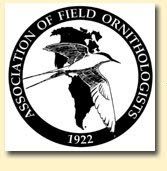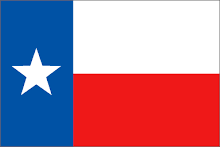Pardon? Yep, tube noses. Thats a common name for birds of the Order Procellariiformes
Wedge-tailed Shearwater(Puffinus pacificus)
One family I have pictures of is the Family Procellariidae, Shearwaters and petrels. These are medium-sized birds pelagic birds distributed thoughout the oceans of the world. Usually seen in flight so close to the water that they momentarily disappear behind the waves.....
Bulwer's Petrel(Bulweria bulwerii), a very small and cool bird...this guy is about as small as a petrel can get before they start calling you a ______ storm-petrel. *being adorned with a leg band by MWyork, btw.*
....Birds of this family nest mostly on remote oceanic islands, and often are nocturnal and on the breeding grounds. They nest here. Bulwer's Petrel, a tough bird to find, and not many. We have banded 2 "chicks", a third awaits, and have found one Adult in a crevice in a rock seawall. The guy you see pictured, that I banded, didn't have any down left on him, and so wouldn't call it a chick I suppose. In fact, lucky this one wasn't gone. The Bulwer's Petrel will actually fledge (can leave its nest [burrow, crevice, whatever the spp. uses] on its own. Kind of like "departure day") while it still has down. That has been documented in the past. Seeing a BUPE at sea, while still sporting some down. How about that? Interesting among Aves.
This Family is little known, relatively speaking, difficult to study and often difficult to ID.
The Wedge-tailed Shearwater, pictured first, are all over this island right now. Lots of burrows. It's akin to "walking on eggshells" on some of my Black Noddy plots due to the "wedgie" burrows. If we cave one in, which does happen from time to time, we quickly dig and dig and dig it out. It works out fine, for the most part...
Wedge-tailed Shearwater(P.pacificus) chick. We'll be banding a whole lot of these guys soon. A whole lot. They can can be, shall we say, a bit "nippy."
... Any bird that spends it's life season to season over open ocean, and the only land it visits are remote island either just north or south of the equator depending on seasons is quite interesting in my book. Because either they have a cool story behind their species, or their story is little-understood. Such as this bird.....
Christmas Shearwater(P.nativitatis)
... the smallest of all-dark shearwaters(Wedge-tailed SW's do have a dark morph). It breeds in the NW CHAIN and islets off O'ahu and Molokai.
Here at Tern Island, we do expect three more "tube-nose" species; The Tristram's(Sooty) Storm-Petrel(Oceanodroma tristrami), Black-footed Albatross(Diomedea nigripes), and the Laysan Albatross(D.immutabilis).
I look forward to all species, but the albatross spp. especially. I have pulled hummingbirds out of mist nets, and now I will be grabbing hold of albatross to band and help continue a mark-recapture program for the two albatross spp. Again, these guys will come back in mid-October.
Finally, often times I get up just before the sun is up, yet dimly lighted outside. For the evening, some stay up a while and watch a video or play games, etc. I tend to head towards bed not far after the sun goes down, and black night is upon us. There is no electricity in my room.
We are afforded sources of illumination such as oil lamps, any candles to be found, etc. I read for a little while, but generally get sleepy with the rest of the island outside these walls.
So I leave you with another picture of Tern Island, and it's diurnal life-force, blowing out the flame.










